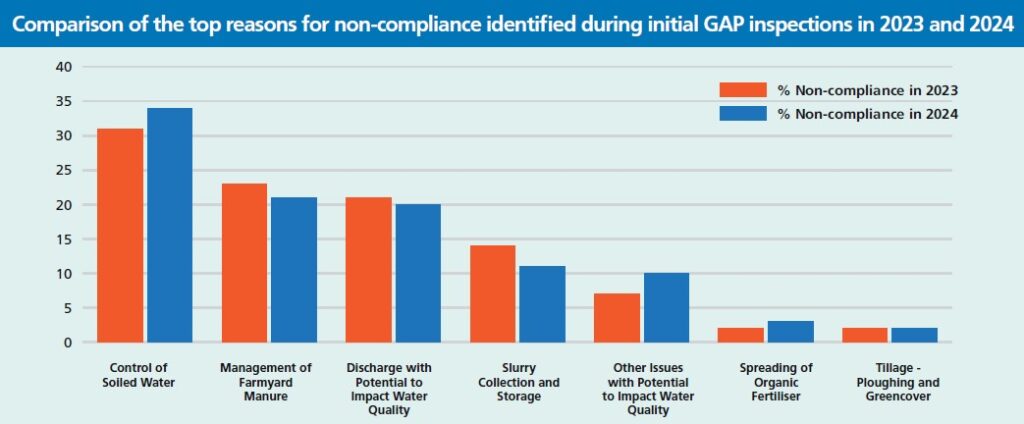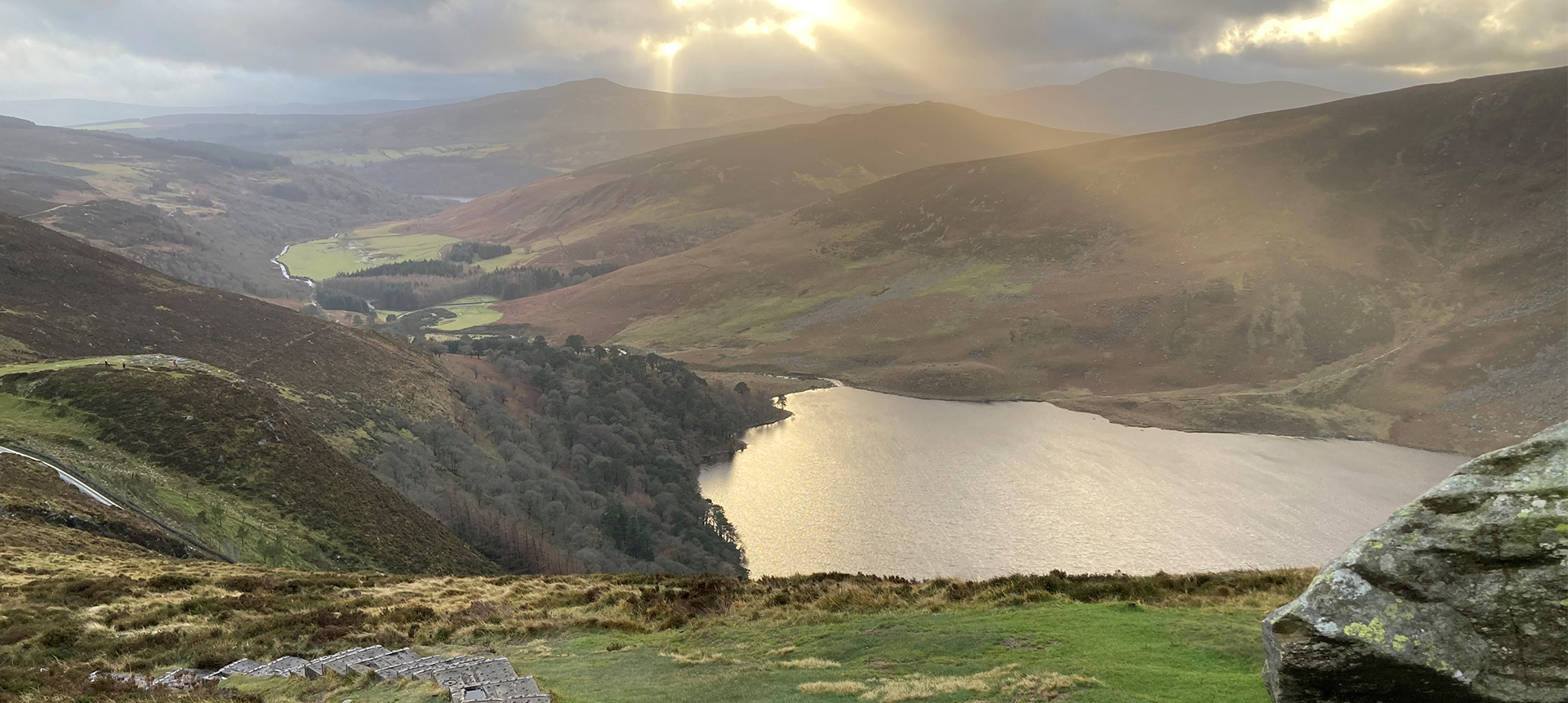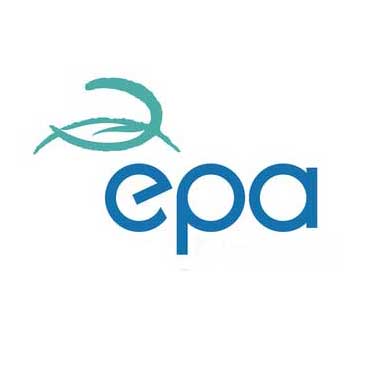Work is commencing on the development of the next Sustainable…
EPA Issue The National Agricultural Inspection Programme Summary Report 2024
The Environmental Protection Agency (EPA) has published the 2024 Summary Report for the National Agricultural Inspection Programme (NAIP).
The Nitrates Action Programme (NAP) is a key component of Ireland’s strategy to protect water quality from agricultural pressures. Under the Fifth NAP, an enhanced compliance and enforcement framework is required, expanding the EPA’s oversight role in relation to local authority agricultural inspections. The EPA’s strategic focus is to increase the level of compliance and strengthen enforcement activity to reduce agricultural pressures on water quality. This will be achieved by increasing the number of agricultural inspections by local authorities, addressing non-compliances in a consistent manner, and taking appropriate enforcement actions.
Inspection Activity and Compliance Trends in 2024
In 2024, the local authorities carried out 2,598 initial inspections under the GAP Regulations which is more than double the number of inspections completed in 2023 (1,137 inspections carried out in 2023). The rate of non-compliance for initial GAP inspections was 42% in 2024. The number of follow-up GAP inspections remained relatively consistent, with 576 conducted in 2024 versus 556 in the previous year. Compliance rates for follow-up inspections remained relatively stable for both years as 54% of farms were found to be compliant.

Key Causes of Non-Compliance
The top four reasons [for non-compliance] were the control of soiled water, management of farmyard manure, discharges with potential to impact water quality, and slurry collection and storage. Non-compliances for the control of soiled water and for other issues with potential to impact water quality increased by 3% in 2024 when compared to 2023. Many of the non-compliances identified during the initial inspections are management issues that can be resolved without significant expenditure, as evidenced by the fact that over 54% of non-compliant farms achieved compliance by the time of the follow-up inspection.

Read more
Read the full National Agricultural Inspection Programme (NAIP) Summary Report 2024 here
Catchments.ie – Impacts of Agriculture on water quality







